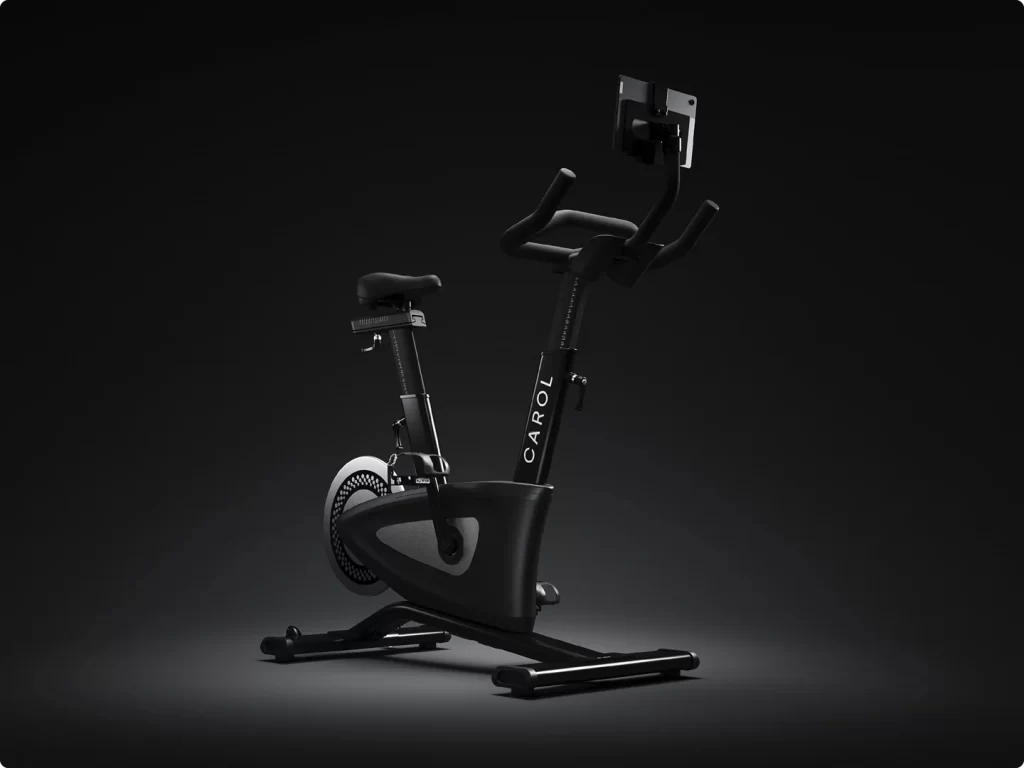REHIT relies on just 2×20-second sprints to create the most potent training stimulus. To achieve this, you must reach your personal maximum intensity levels by:
– Applying your optimal resistance – hitting your sweet spot
– At the right time – just after accelerating to maximum pedal speed at low resistance
– In a fraction of a second – instantly going from very low to very high
Without an exercise physiologist or expert personal trainer by your side, accomplishing this on a normal bike is almost impossible.
Most REHIT research has been conducted on special scientific exercise bikes. However, such equipment is very expensive and has to be operated by a lab technician. CAROL Bike is the first and only bike that makes REHIT for home users easy and affordable.

CAROL Bike gives you the shortest, most effective workouts—backed by science. It’s the world’s first home REHIT exercise bike.
CAROL Bike’s AI continually optimizes your resistance and applies it at the perfect time, instantly. Riders are guided through the workout to make it easier to perform.
The user-friendly design and optimized features even means that CAROL Bike is increasingly used by academic researchers in their studies, for example Prof. Martin Gibala at McMasters University, Prof. Lance Dalleck at Western University Colorado, Dr. Niels Vollaard at University of Sterling, and Dr. Richard Metcalfe at Swansea University.


